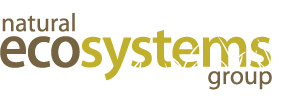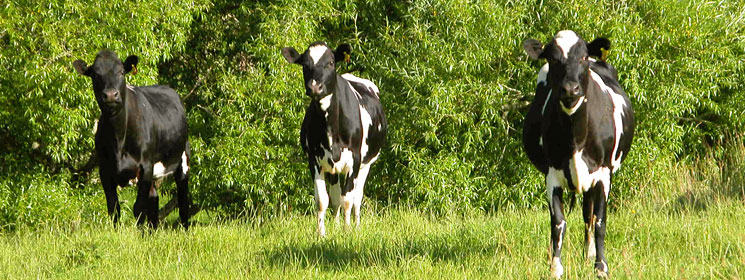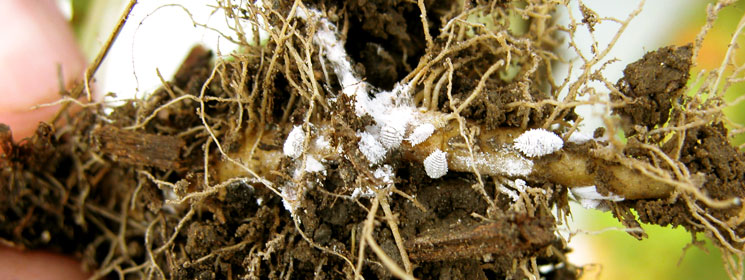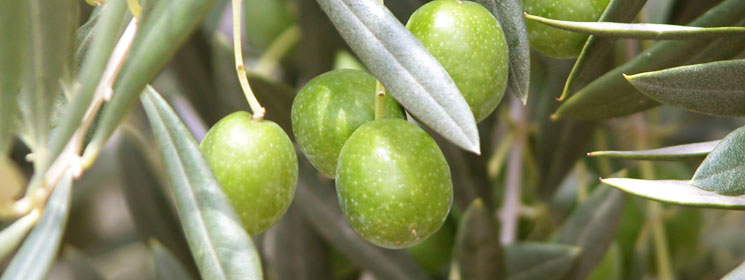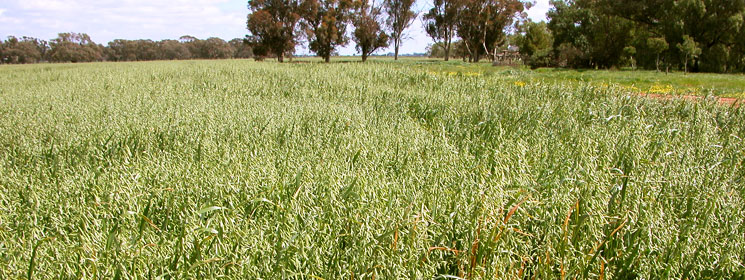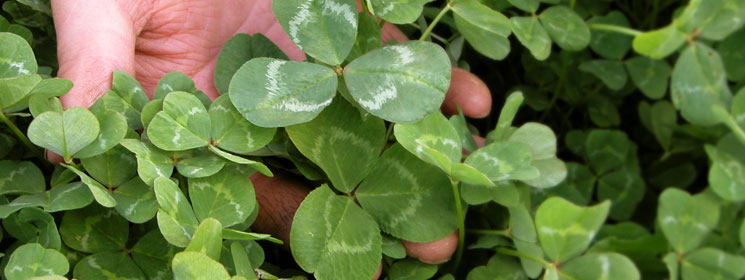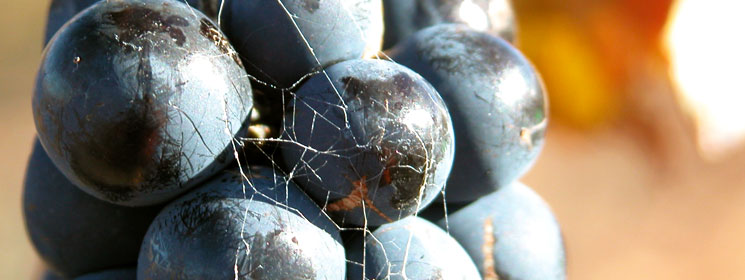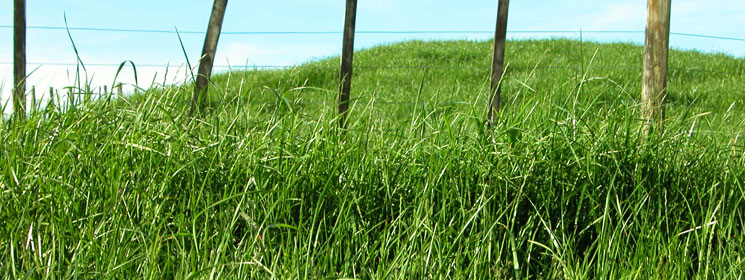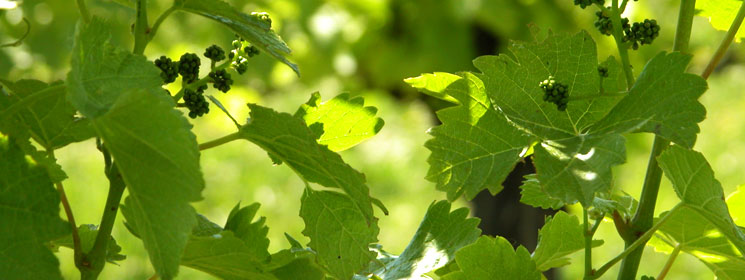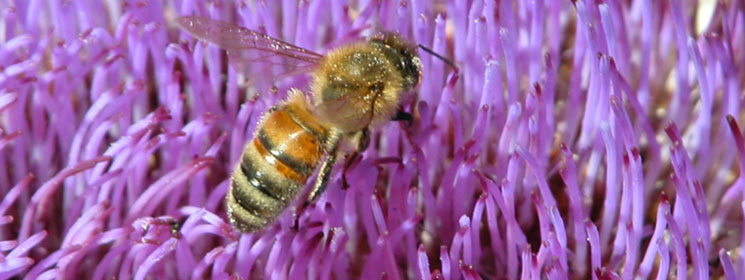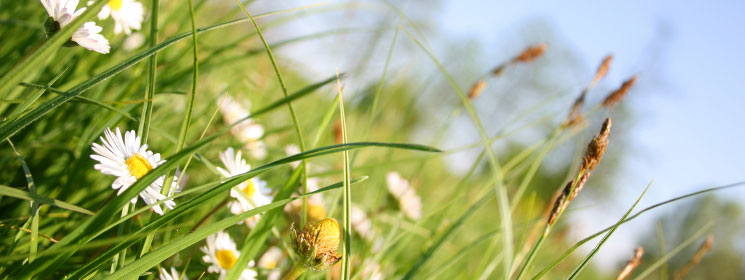Testimonials
Kancoona Valley Vineyard & Wines
Soil Fertility Management Program – 14/6/03
Joseph M Birti, 123 Morgan’s Creek Road, Kancoona South, Victoria, Australia.
To Whom It Concern,
Re: Soil Fertility Program
Since Leon Martin & Associates have been involved in our vineyard soil fertility management program we have noticed a definite improvement in our vine health with healthier leaves (not requiring foliar fertilzers to maintain leaf health).
We also noticed that there were very low levels of rust mites this year. They are normally a problem requiring spraying with sulphur. Owing to the exremely dry year only one sulphur spray was used at the start of the season – no problem with rust mites. We are not yet sure if this is a result of the unusually dry season or a result of the new soil fertility program.
We have also been pleased with the improvement in cane health with better lignification and return to good cane length, for example our Pinot Nori is cane pruned and this year we noticed a definite improvement in cane length, selection and quality. In our spur pruned Cabernet – Scott Henry trellis we also noticed a good improvement in cane quality and spur selection, particularly on the lower arms where in the past this has not been so good. As this program continues we are looking forward to more improvements in these same areas.
In the winery we were pleased with the quality of fruit from the vineyard. The baume of our Cabernet Sauvignon was 14.2 our best to date. in the fermenters it was noticed that the grape skins were very thick (we hand plunge all of our ferments which made lots of hard work) with very good tannin colour and flavour.
Yours Sincerely
Joseph M Birti
Nut Grove
Chestnut Graph – 16/2/05
Luciano Cester.
Hi Leon,
As promised I have updated the graph. You can see clearly since the early years of your recommendations, yields have increased dramatically and have continued to rise steadily. Look forward to hearing from you.
Regards
Luciano Ceste
Fine Wool, Sheep Milk & Prime Lamb Enterprises
High Rainfall Grazing Operation – 14/6/03
Sandy & Susan Campbell, ‘Cooloongatta’, Springhurst, via Wangaratta, Victoria, Australia.
To Whom It Concerns,
Farming in the high recharge granite loams of the Springhurst area is no easy matter, soils are often fragile, prone to erosion and have little or no clay base. Up until 1995 annual topdressings of Superphosphate were being applied, but this program was not providing us with good outcomes, or answers.
In 1995 Leon A Martin & Associates were appointed to Soil Test and assess the soil samples and advise on future fertiliser applications. At that time the soil pH was 4.3, with Olsen P levels of 7 ppm.
Leon’s report identified 11 severe soil mineral deficiencies, including Phosphorus, Potassium, Sulphur, Calcium, Magnesium, Sodium, Chloride, Manganese, Boron, Copper & Zinc.
Since 1995 the property has received a total of 1400 tonnes of ‘MagLime’, and annual topdressings of 50 kg per hectare of ‘Super Potash 2:1 plus Manganese, Boron, Copper, Zinc’ and 50 kg per hectare of ‘Sodium Chloride’.
In recent Soil Tests the soil pH is 5.3, and Olsen P levels are 14 ppm.
The result of these programs has shown a complete turnaround in production and animal health. Livestock weights and the strength of wool clip have shown vast improvements. Sheep fertility has also increased 20% in Merinos and 40% in crossbred sheep. Merino flocks last year recording
a 100% lambing percentage, and crossbred flocks 140% to a top of 184%, so that the high costs of inputs have been balanced out with a much higher turnoff of surplus stock.
Leon’s advice to us had been excellent and his interest in this grazing property is very much appreciated.
Our limited soil structure has never been healthier.
Sandy Campbell & Susan Campbell
Prime Beef Cattle & Lamb Enterprises
High Rainfall Grazing Operation – 14/6/03
James & Lorna Neary, Murmungee, via Beechworth, Victoria, Australia.
To Whom It Concerns,
We run a 127 hectare farm of beef cattle and sheep for prime lambs.
We have employed Leon A Martin of Leon A Martin & Associates as our Agronomist since 1993 when Leon came and gave a presentation at our local Burgiogee Creek Landcare Group Meeting. In 1993 our pastures were in poor condition with a large percentage of Bent Grass, and we ran a stocking rate of 11 d.s.e.
After doing Soil Tests Leon made recommendations for fertiliser which contained phosphate, potash, boron, copper, molybdenum & zinc which was a costly blend. I was concerned spending this amount on poor pastures but Leon assured me that by raising the levels of these elements that the poor pasture species would be replaced with good pasture species and that happened over a two year period. In 1995 we started on a liming program of 2.5 tonnes per hectare which finished in 2001. Over this time 40 hectares has been sown down to perennial pastures and other areas direct drilled in early Autumn with annual ryegrass where required. Our stocking rate has now increased to 20 d.s.e. We are turning off our prime cattle at 20 months instead of at 24 months with an increase in dressed weight of 30 kg. In addition, we are turning off more prime lambs. We changed our source of Poll Dorset rams in 1998. As a consequence, in 1998 to 2000 our lamb dressed weights were 20.5 kg. And, in 2001 and 2002 we increased our lamb weights to 25 kg. Of course half is in the breeding and half is in the feeding. So we believe that the grass we are now growing is of better nutritional value, there is more of it, and the stock eat more of it.
Our ewe flock is self-replacing Bond/Corriedale, with the animals of best wool quality and size being joined to a Bond Ram.
The cattle herd is a Hereford/Shorthorn self replacing herd, with a Saler bull used over first calving heifers.
A 170 ML dam was built in 1995, which is used to irrigate 20 hectares of pastures/crops during Summer and Autumn.
An old farmer told me 30 years ago to get the most out of the land you own before you buy more and with Leon’s help we are achieving this goal.
James H Neary & Lorna M Neary
